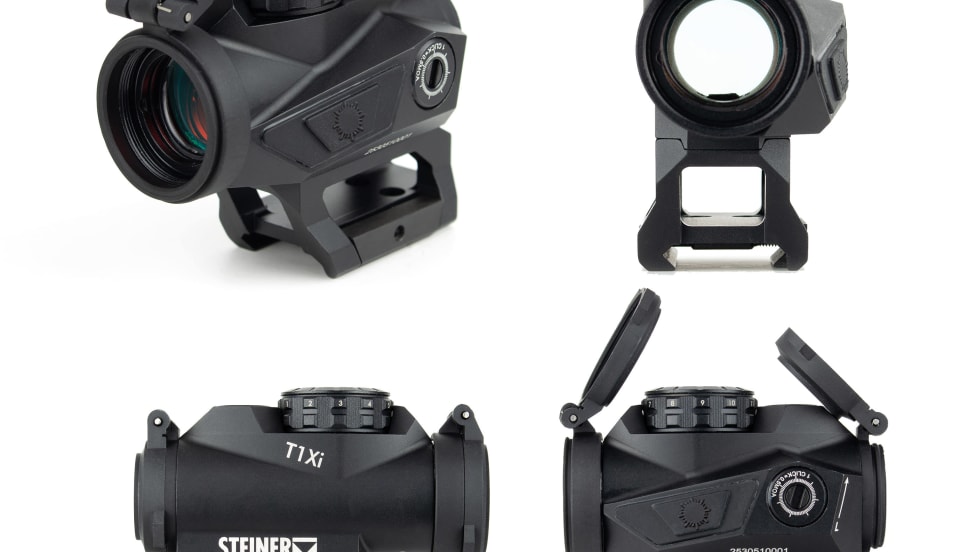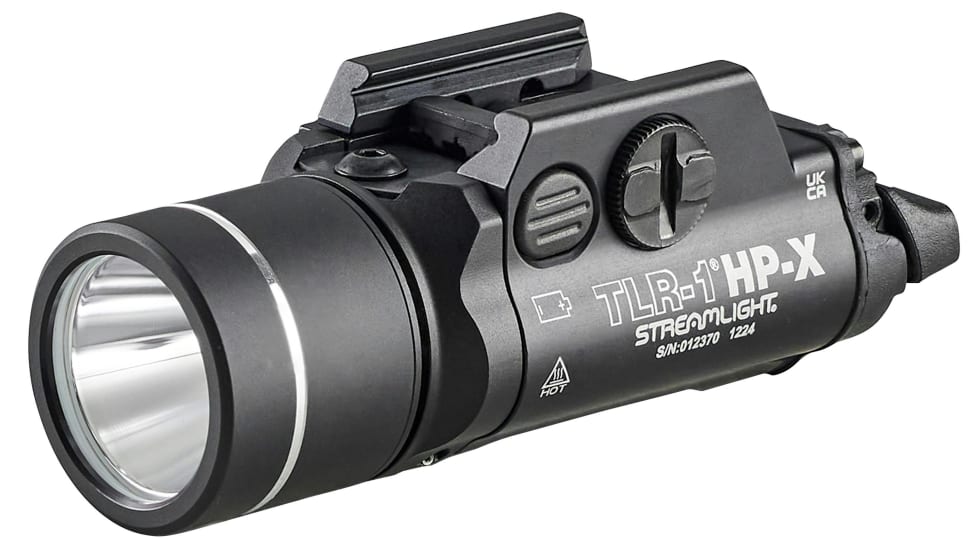But the 7-watt Taser clearly wasn't as effective on hopped-up suspects, as revealed by the King incident. And Taser manufacturers also soon learned that you didn't even have to be drugged to withstand a 7-watt stun gun.
In 1998 when Taser International first began marketing its products to law enforcement, the company was embarrassed by several incidents during demonstrations of its 7-watt Air Taser 3400. The last straw came at a police training demo featuring Hans Marrero, a former Marine Corps gunnery sergeant and unarmed combat instructor. "I shot him with it, and he turned around and looked at me," says Stephen Tuttle, Taser International's director of government affairs. "He said, 'That's a pretty good weapon. If you'd shot me by surprise, you might have had a chance of taking me down.'"
The raucous laughter of police ringing in his ears, Tuttle went back to his office and met with the owners of the company. "We'd learned that someone really focused could fight through a 7-watt system. We had a field success of 86 percent [with the Air Taser], but we had just seen one of the top 14 percenters. We knew we had to find something to stop guys like that."
That something was the Advanced Taser M26. The 26 stands for the wattage output of the device. It's more than three times more powerful than the company's Air Taser, and Tuttle says no elite soldier or SWAT officer has ever been able to withstand its punch. He's backed up by Marrero who is quoted in Taser International's advertising as saying nothing, not even a hand grenade blast, has ever prevented him from completing his mission until the 26-watt Taser.
Since introducing its Advanced Taser M26 in late 1999, Taser International has sold the weapon to 1300 agencies. And even its chief competitor Taser Technologies, which long resisted increasing the wattage on its Tasertron brand units, now offers the TE95HP, a 22-watt unit, and is launching a newer, more powerful model. See "The Modular Taser," on page 36.











